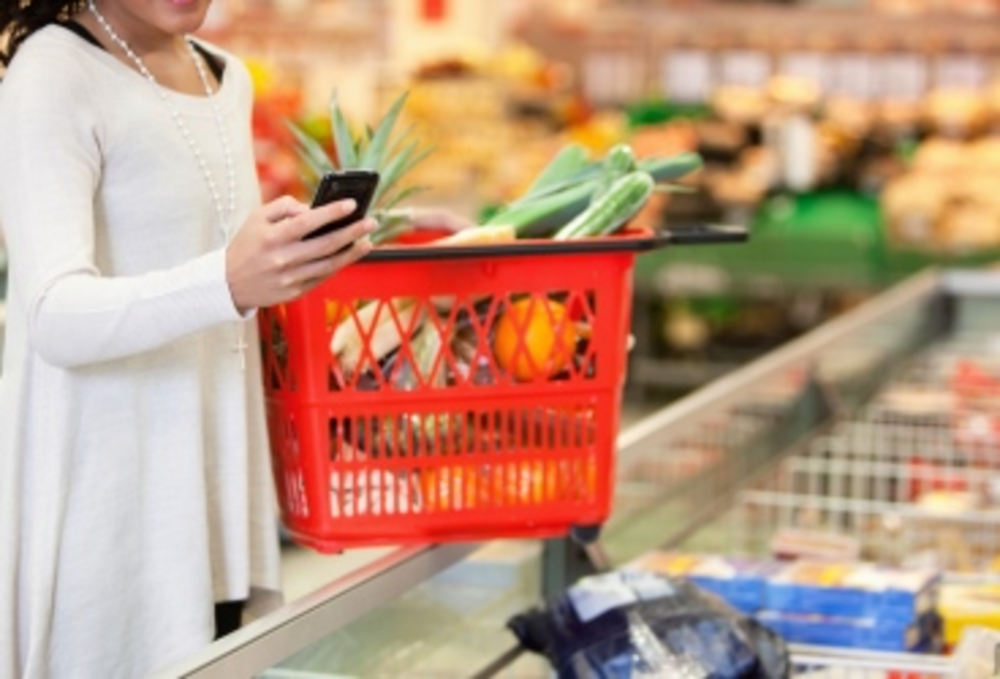Mobile device proliferation has grown so fast and user data collection has gotten so sophisticated that even conservative grocery retailers and consumer packaged goods companies are inaugurating national mobile campaigns. According to a study of 1,400 mobile users released today, 70% of consumers surveyed have supermarket apps on their devices and more than 60% use smartphones to prepare shopping lists and help them shop while in-store.
“CPG brands have held back from mobile for logical reasons; there wasn’t a mass audience buying capability in the ecosystem until now. If I wanted to target soccer moms, there’d be a few apps I could use that skewed female, but that wasn’t going to get me out of my seat,” says David Staas, president of mobile ad platform JiWire, whose Mobile Audience Insights Report focuses on different verticals each quarter. “Now we can track where people shopped and what they bought, and we’re seeing a big influx of CPG brands moving into mobile with big budgets.”
The newly scalable data is due mostly to device proliferation. “At any given time in America,” Staas says, “between 250 [million] and 300 million devices are on.”
JiWire’s study found that U.S. consumers owned an average of 3.9 mobile devices in Q3 2013, compared to 2.4 in Q2 2011. Smartphones are consumers’ favored equipment for activities related to grocery shopping, named by 39% of respondents who said they use the phones in their pockets to follow brands or post about them on social media. The advanced geo-location data that smartphones provide, combined with social listening capabilities, add up to new shopper profiles and segments for CPGs.
“One of our newer clients was a CPG with a brand new healthy breakfast cereal that wanted to reach health-oriented moms,” says Staas, by way of example. “They created additional audience segments by applying aspects of data location you could only get through mobile devices. One segment was moms who drove a lot. You could tag when they were visiting gyms, healthy dining locations, and grocery stores and create historical profiles.”
While half of consumers surveyed said they still preferred a handwritten grocery list, 30% said they save their lists as a note in a mobile device and 9% save them in an app. But, clearly, it’s the 64% of shoppers who said they access smartphones in-store that have the CPGs intrigued. Nearly three quarters of consumers said they’d be likely to add a new product to their lists if served a mobile ad, and 47% said they’d actually made a purchase as a result of receiving an ad on their phone.
The study also found that 75% of CPG ad engagement occurred in service or retail locations and that ads performed best when viewed by consumers within 5 miles of their favored grocery store.
Helpful content shoppers said they’d most like to see on their phones: purchase reminders, no-scan mobile coupons at checkout, and the ability to add items straight to their lists from ads or recipes.








